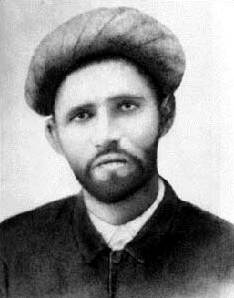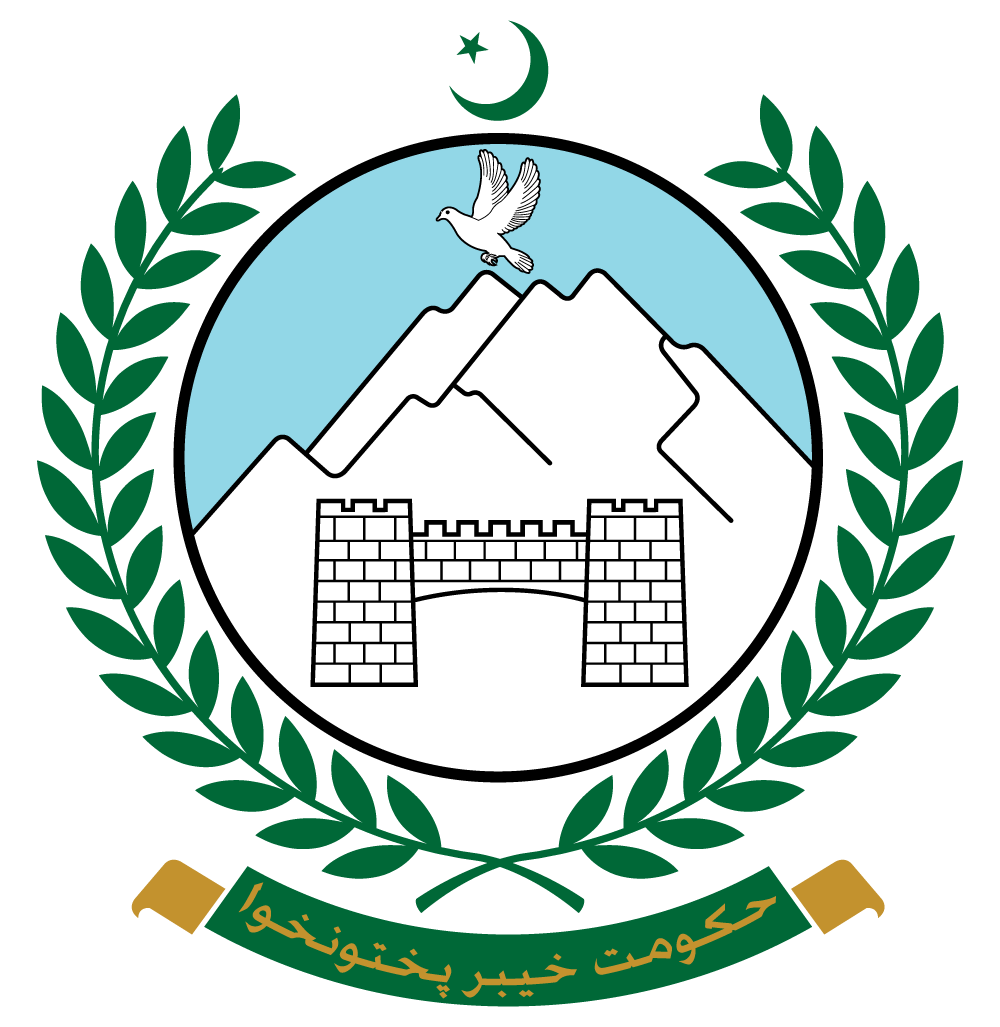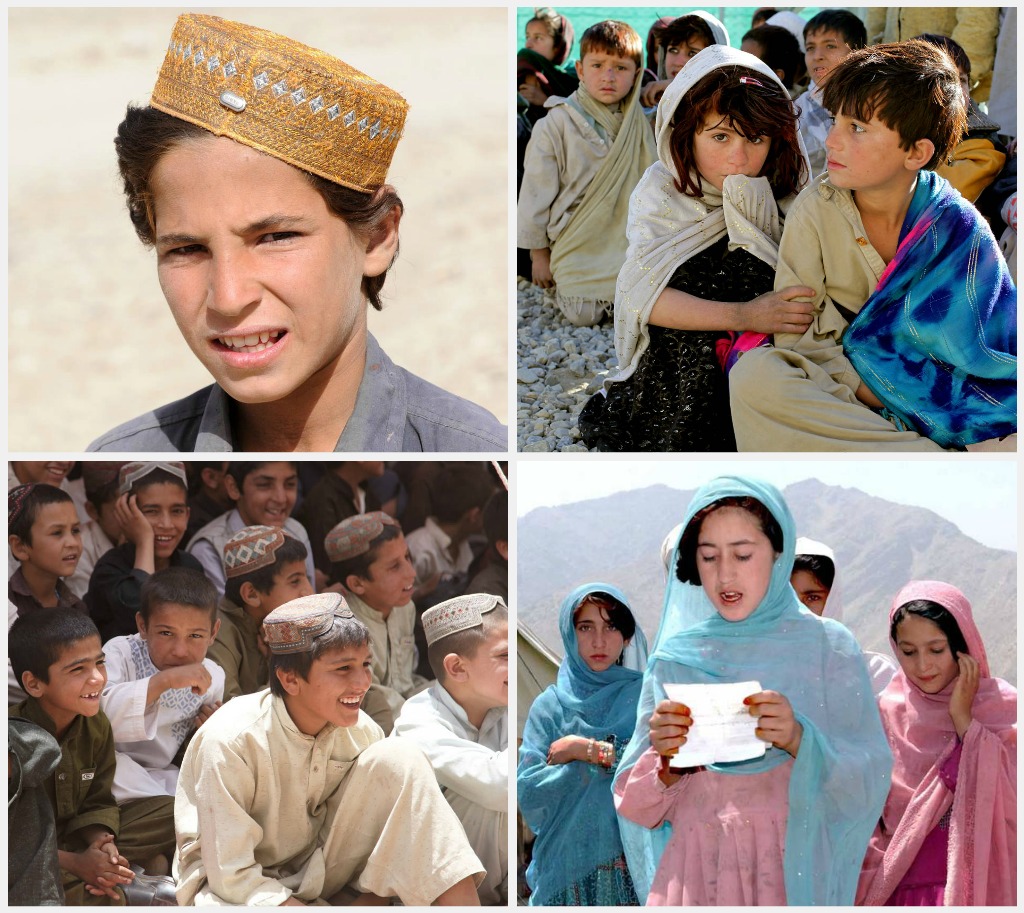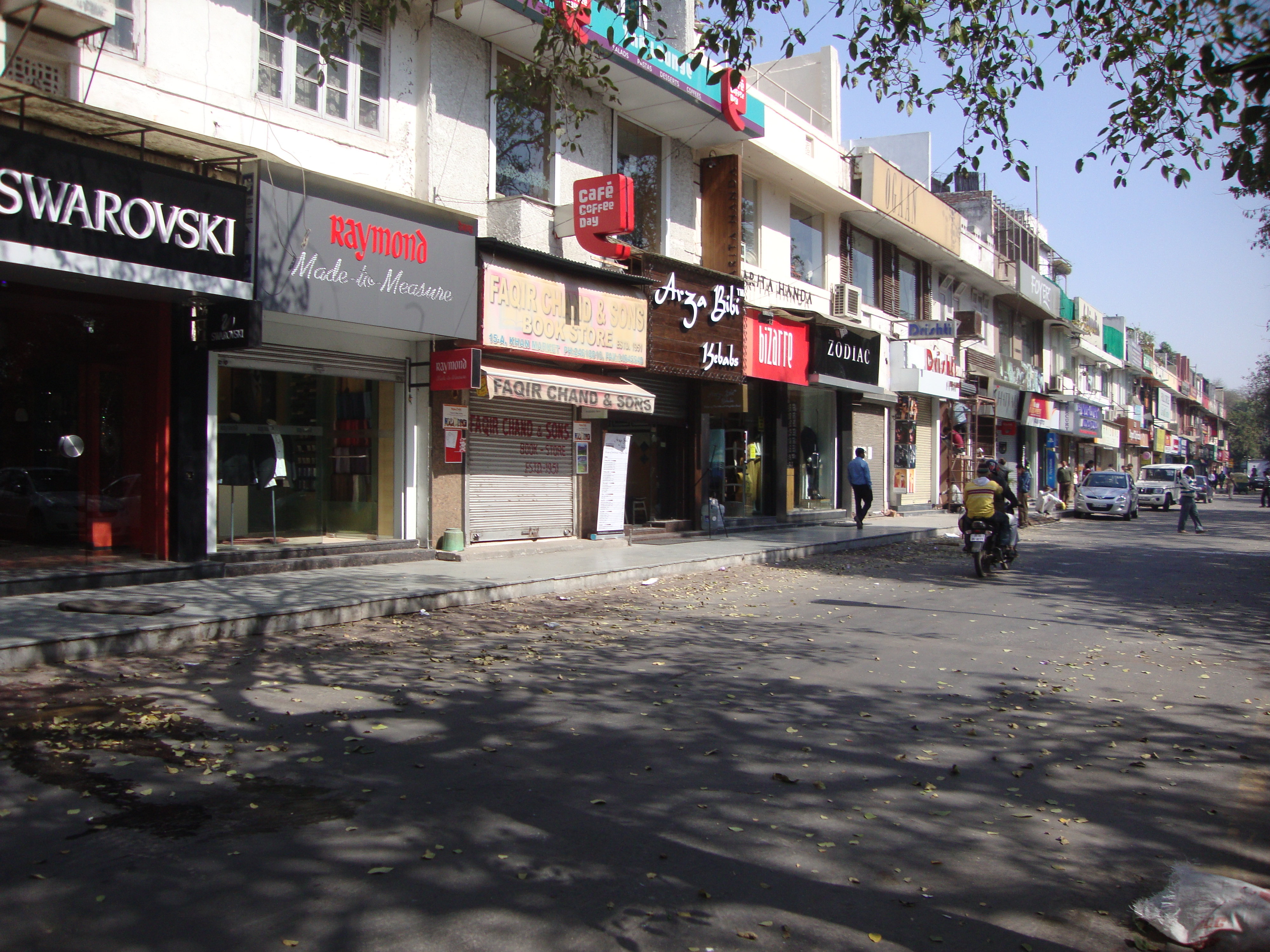|
Babra Massacre
The Babrra Massacre (or Babara Massacre; ps, د بابړې خونړۍ پېښه) was a mass shooting on 12 August 1948 in the North-West Frontier Province (NWFP) of Pakistan (now called as Khyber Pakhtunkhwa) . According to official figures, around 15 protestors were killed while around 40 were injured. However, Khudai Khidmatgar sources maintained that around 150 were killed and 400 were injured. It happened on Babrra ground in Charsadda District on the order of the chief minister of the NWFP, Abdul Qayyum Khan Kashmiri (not to be confused with Sahibzada Abdul Qayyum Khan, NWFP's first chief minister during the British Raj).M. Rafique Afzal (April 1, 2002). Pakistan: History and Politics, 1947–1971. p. 38 OUP Pakistan. . Background The Khudai Khidmatgar was a non-violent peaceful Pashtun movement which was led by Abdul Ghaffar Khan (Bacha Khan), a leader in the Indian independence movement. The movement was initially focused on reform to the status of the Pashtuns under th ... [...More Info...] [...Related Items...] OR: [Wikipedia] [Google] [Baidu] |
Hashtnagar
Hashtnagar (Pashto: هشتنګر, more commonly known as اشنغر in Pashto) is one of the two constituent parts of the Charsadda District in Khyber Pakhtunkhwa. The name Hashtnagar is derived from the Sanskrit अष्टनगरम् ''Aṣṭanagaram'', "eight towns", from Sanskrit ''aṣṭa'', "eight" and नगर ''nagara'', "settlement, locality, town". There was an unrelated town of the same name near Kabul in the 17th century. It was home to the Roshani Movement. The descriptive was later influenced by the Persian هشت ''hasht'', "eight". The etymology "Eight Towns", refers to the eight major settlements situated in this region. These are: * Chārsadda, Hashtnagar Muhammadzai_(Hashtnagar).html" "title="nowiki/>Muhammadzai (Hashtnagar)">Muhammadzai and Kheshgi] *Prang, Khyber Pakhtunkhwa, Prang (the 1812 list groups Prang with Chārsadda) *Rajjar, Chārsadda *Sherpao, Chārsadda *Tangi, Pakistan, Tangi, Chārsadda *Turangzai, Chārsadda *Umarzai, Chārsadda * Utm ... [...More Info...] [...Related Items...] OR: [Wikipedia] [Google] [Baidu] |
Colonial India
Colonial India was the part of the Indian subcontinent that was occupied by European colonial powers during the Age of Discovery. European power was exerted both by conquest and trade, especially in spices. The search for the wealth and prosperity of India led to the colonisation of the Americas after Christopher Columbus went to the Americas in 1492. Only a few years later, near the end of the 15th century, Portuguese sailor Vasco da Gama became the first European to re-establish direct trade links with India since Roman times by being the first to arrive by circumnavigating Africa (c. 1497–1499). Having arrived in Calicut, which by then was one of the major trading ports of the eastern world, he obtained permission to trade in the city from the Saamoothiri Rajah. The next to arrive were the Dutch, with their main base in Ceylon. Their expansion into India was halted after their defeat in the Battle of Colachel by the Kingdom of Travancore, during the Travancore–Dutch ... [...More Info...] [...Related Items...] OR: [Wikipedia] [Google] [Baidu] |
Muslim League (Pakistan)
bn, মুসলিম লীগ , logo = Flag of the Pakistan Muslim League (Q).svg , leader1_title = Historical leaders , leader1_name = M. A. Jinnah Liaquat A. Khan Ch. KhaliquzzamanKhwaja Nazimuddin Fatima Jinnah , leader2_title = Parliamentary Secretary , leader2_name = Mahmud Husain , foundation = 15 December 1947 , dissolved = 27 October 1958 , predecessor = All-India Muslim League , successor = Pakistan Muslim League All Pakistan Awami Muslim League , ideology = Islamic ModernismCapitalismIslamic socialism (factions) , position = Big tent , international = , headquarters = Karachi , newspaper = Dawn , colors = Green , country = Pakistan , website = , colorcode = #006600 The Muslim League was the original successor of the All-India Muslim League that led the Pakistan Movement to achieve an independent nation. Five of the country's Prime Ministers have been affiliated ... [...More Info...] [...Related Items...] OR: [Wikipedia] [Google] [Baidu] |
Governor-General Of Pakistan
The governor-general of Pakistan ( ur, ) was the representative of the Pakistani monarch in the Dominion of Pakistan, established by the Indian Independence Act 1947. The office of governor-general was abolished when Pakistan became an Islamic republic in 1956. Constitutional role Pakistan was one of the realms of the Commonwealth of Nations that shared the same person as sovereign and head of state. The Pakistani monarch was represented in the dominion by the governor-general of Pakistan, who was appointed by the monarch on the advice of the Pakistani government. The Pakistani monarch and the Federal Legislature of Pakistan constituted the Parliament of Pakistan. All executive powers of Pakistan rested with the sovereign. All laws in Pakistan were enacted only with the granting of royal assent, granted by the governor-general on behalf of the sovereign. The governor-general was also responsible for summoning, proroguing, and dissolving the Federal Legislature. The gove ... [...More Info...] [...Related Items...] OR: [Wikipedia] [Google] [Baidu] |
Muhammad Ali Jinnah
Muhammad Ali Jinnah (, ; born Mahomedali Jinnahbhai; 25 December 1876 – 11 September 1948) was a barrister, politician, and the founder of Pakistan. Jinnah served as the leader of the All-India Muslim League from 1913 until the inception of Pakistan on 14 August 1947, and then as the Dominion of Pakistan's first Governor-General of Pakistan, governor-general until his death. Born at Wazir Mansion in Karachi, Jinnah was trained as a barrister at Lincoln's Inn in London. Upon his return to British Raj, India, he enrolled at the Bombay High Court, and took an interest in national politics, which eventually replaced his legal practice. Jinnah rose to prominence in the Indian National Congress in the first two decades of the 20th century. In these early years of his political career, Jinnah advocated Hindu–Muslim unity, helping to shape the 1916 Lucknow Pact between the Congress and the All-India Muslim League, in which Jinnah had also become prominent. Jinnah beca ... [...More Info...] [...Related Items...] OR: [Wikipedia] [Google] [Baidu] |
Government Of Khyber Pakhtunkhwa
The Government of Khyber Pakhtunkhwa ( ur, ; ps, د خیبر پښتونخوا حکومت), is the provincial government of the Pakistani province of Khyber Pakhtunkhwa. Its powers and structure are set out in the provisions of the 1973 Constitution, in which 32 districts come under its authority and jurisdiction. The government includes the cabinet, selected from members the Khyber Pakhtunkhwa Assembly, and the non-political civil staff within each department. The province is governed by a unicameral legislature with the head of government known as the Chief Minister. The Chief Minister, invariably the leader of a political party represented in the Assembly, selects members of the Cabinet. The Chief Minister and Cabinet are thus responsible the functioning of government and are entitled to remain in office so long as it maintains the confidence of the elected Assembly. The head of the province is known as the Governor, appointed by the federal government, on behalf of the Pres ... [...More Info...] [...Related Items...] OR: [Wikipedia] [Google] [Baidu] |
1947 North-West Frontier Province Referendum
The North-West Frontier Province referendum ( ps, د شمال لویدیځ سرحدي ایالت ټولپوښتنه) was held in July 1947 to decide whether the North-West Frontier Province (NWFP) of British India would join the Dominion of India or Pakistan upon the Partition of India. The polling began on 6 July and the results were made public on 20 July. Out of the total population of 4 million in the NWFP, only 572,798 were eligible to vote, of whom only 51.00% voted in the referendum. 289,244 (99.02%) of the votes were cast in favor of Pakistan and only 2,874 (0.98%) in favor of India. The NWFP Chief Minister Khan Abdul Jabbar Khan (Dr. Khan Sahib), his brother Abdul Ghaffar Khan, and the Khudai Khidmatgars boycotted the referendum, citing that it did not have the options of the NWFP becoming independent or joining Afghanistan. Their appeal for boycott had an effect, as according to an estimate, the total turnout for the referendum was 15% lower than the total turnout in th ... [...More Info...] [...Related Items...] OR: [Wikipedia] [Google] [Baidu] |
Dominion Of Pakistan
Between 14 August 1947 and 23 March 1956, Pakistan was an independent federal dominion in the Commonwealth of Nations, created by the passing of the Indian Independence Act 1947 by the British parliament, which also created the Dominion of India. Prior to independence, Pakistan had been administered by the United Kingdom as a part of British India. Before its independence, Pakistan consisted of those Presidencies and provinces of British India which were allocated to it in the Partition of India. Until 1947, they had been ruled by the United Kingdom as a part of the British Empire. During the year that followed its independence, the new country was joined by the Princely states of Pakistan ruled by princes who had previously been in subsidiary alliances with the British, which acceded to Pakistan, one by one, with their rulers signing Instruments of Accession. For many years, these states enjoyed a special status within the dominion and later the republic, but they were sl ... [...More Info...] [...Related Items...] OR: [Wikipedia] [Google] [Baidu] |
Pashtunistan
Pashtunistan ( ps, پښتونستان, lit=land of the Pashtuns) is a historical region in Central Asia and South Asia, inhabited by the indigenous Pashtuns, Pashtun people of Afghanistan and western Pakistan. Wherein Pashtun culture, the Pashto, Pashto language, and Pashtun nationalism, Pashtun identity have been based. Alternative names historically used for the region include Names of Khyber Pakhtunkhwa, Pashtūnkhwā (), Pakhtūnistān, or Pathānistān. Predominantly located on the Iranian Plateau, Pashtunistan borders the geographical regions of Turkestan to the north, Kashmir to the northeast, Punjab to the east, and Balochistan to the south. During British Raj, British rule in India in 1893, Mortimer Durand drew the Durand Line, fixing the limits of the spheres of influence between the Emirate of Afghanistan and Presidencies and provinces of British India, British India during the Great Game and leaving about half of historical Pashtun territory under British colonial rul ... [...More Info...] [...Related Items...] OR: [Wikipedia] [Google] [Baidu] |
Bannu Resolution
The Bannu Resolution ( ps, د بنو فیصله), or the Pashtunistan Resolution ( ps, د پښتونستان قرارداد), was a formal political statement adopted by Pashtun tribesmen who had wanted an independent Pashtun state on 21 June 1947 in Bannu in the North-West Frontier Province of British India (in present-day Khyber Pakhtunkhwa, Pakistan). The resolution demanded the British to offer the option of independence for Pashtunistan, comprising all Pashtun territories in British India, rather than choosing unfairly between the independent dominions of India and Pakistan. The British, however, refused the request and the North-West Frontier Province was joined with Pakistan on July 1947 NWFP referendum. However, Bacha Khan, his elder brother and then Chief Minister Dr Khan Sahib, and the Khudai Khidmatgars, as well as Many Pashtun tribes of North-West Frontier Province boycotted the referendum in response, citing that it did not have the options of the NWFP becoming indep ... [...More Info...] [...Related Items...] OR: [Wikipedia] [Google] [Baidu] |
1946 Indian Provincial Elections
Provincial elections were held in British India in January 1946 to elect members of the legislative councils of British Indian provinces. The consummation of British rule in India were the 1945/1946 elections. As minor political parties were eliminated, the political scene became restricted to the Indian National Congress and the Muslim League who were more antagonised than ever. The Congress, in a repeat of the 1937 elections, won 90 percent of the general non-Muslim seats while the Muslim League won the majority of Muslim seats (87%) in the provinces. Nevertheless, the All India Muslim League verified its claim to be the sole representative of Muslim India. The election laid the path to Pakistan. Background On 19 September 1945, following negotiations between Indian leaders and members of the 1946 Cabinet Mission to India from the United Kingdom, the Viceroy Lord Wavell announced that elections to the provincial and central legislatures would be held in December 1945 to J ... [...More Info...] [...Related Items...] OR: [Wikipedia] [Google] [Baidu] |
Khan Abdul Jabbar Khan
Dr. Khan Sahib ( ps, ډاکټر خان صیب ) (born 1883, Utmanzai, Charsadda – 9 May 1958, Lahore), mistakenly named as Khan Abdul Jabbar Khan (), was a pioneer in the Indian Independence Movement and a Pakistani politician. He was the elder brother of the Pashtun activist Abdul Ghaffar Khan, both of whom opposed the partition of India. Upon independence, he pledged his allegiance to Pakistan and later served as the Chief Minister of West Pakistan. As the Chief Minister of the North-West Frontier Province, Dr Khan Sahib along with his brother Bacha Khan and the Khudai Khidmatgars boycotted the July 1947 NWFP referendum about the province joining India or Pakistan after the partition of India, citing that the referendum did not have the options of the NWFP becoming independent or joining Afghanistan. Early life He was born in the village of Utmanzai, Charsadda, in the North West Frontier Province (NWFP) of British India (now in Khyber-Pakhtunkhwa, Pakistan). His father ... [...More Info...] [...Related Items...] OR: [Wikipedia] [Google] [Baidu] |






